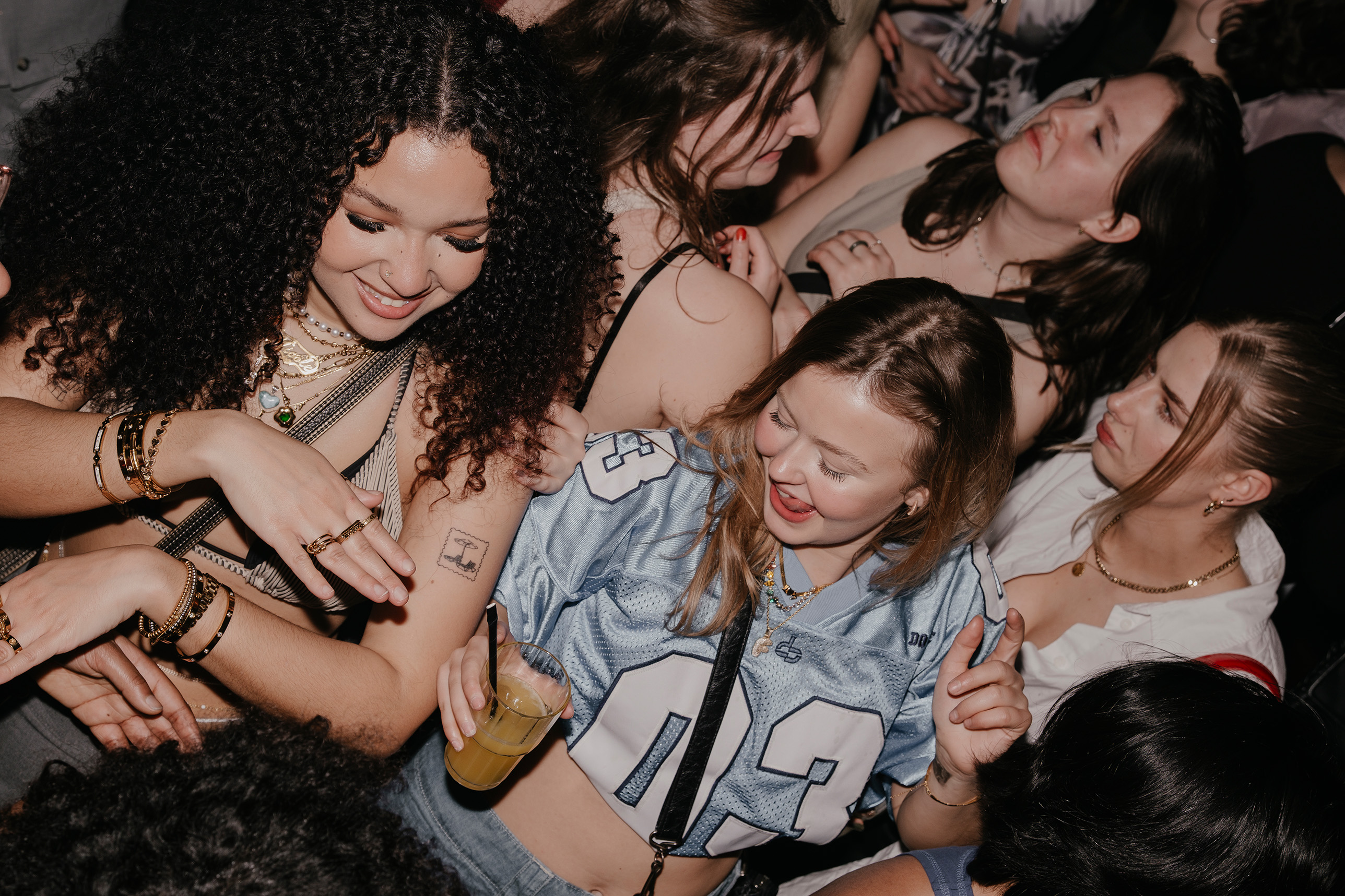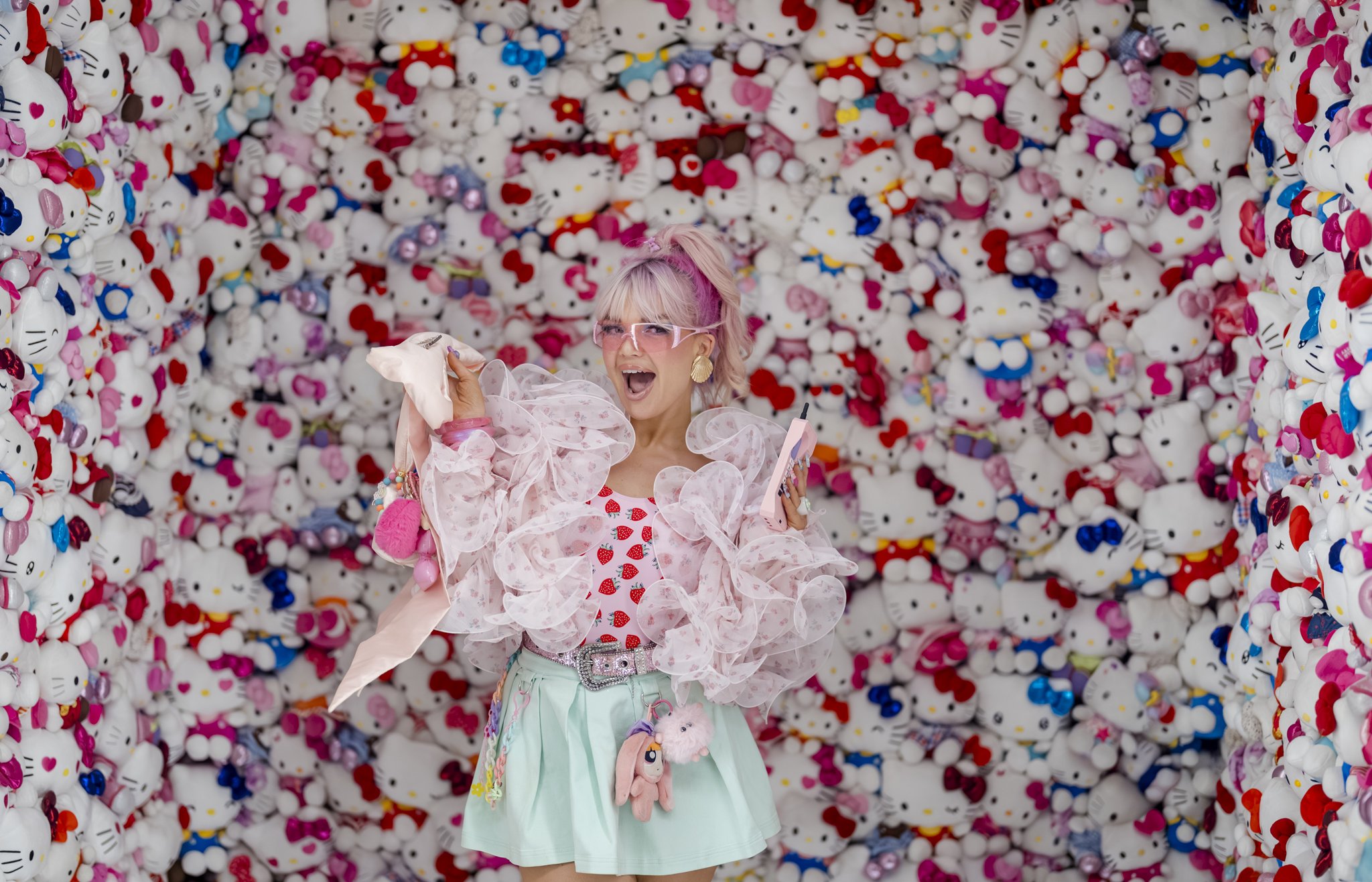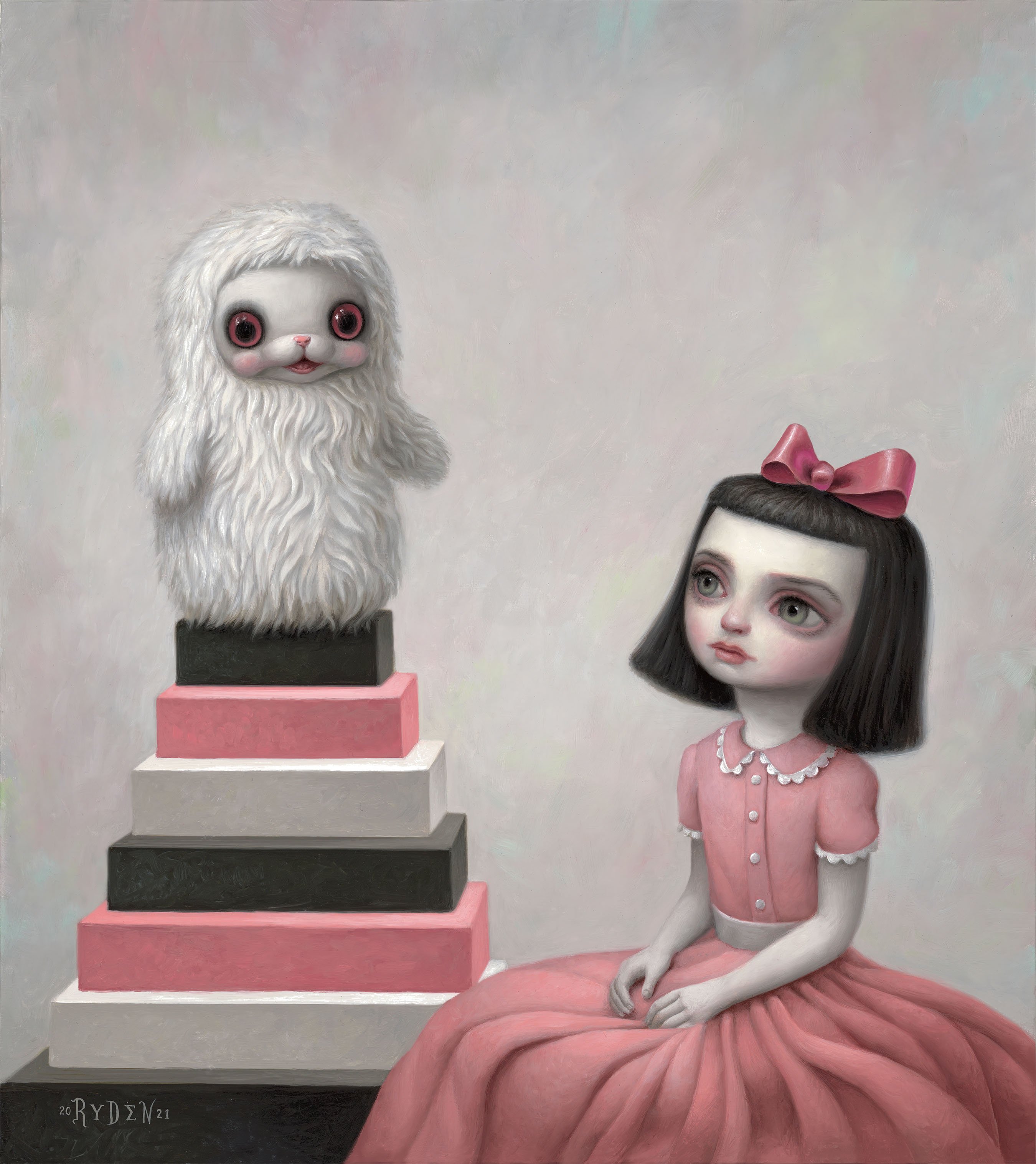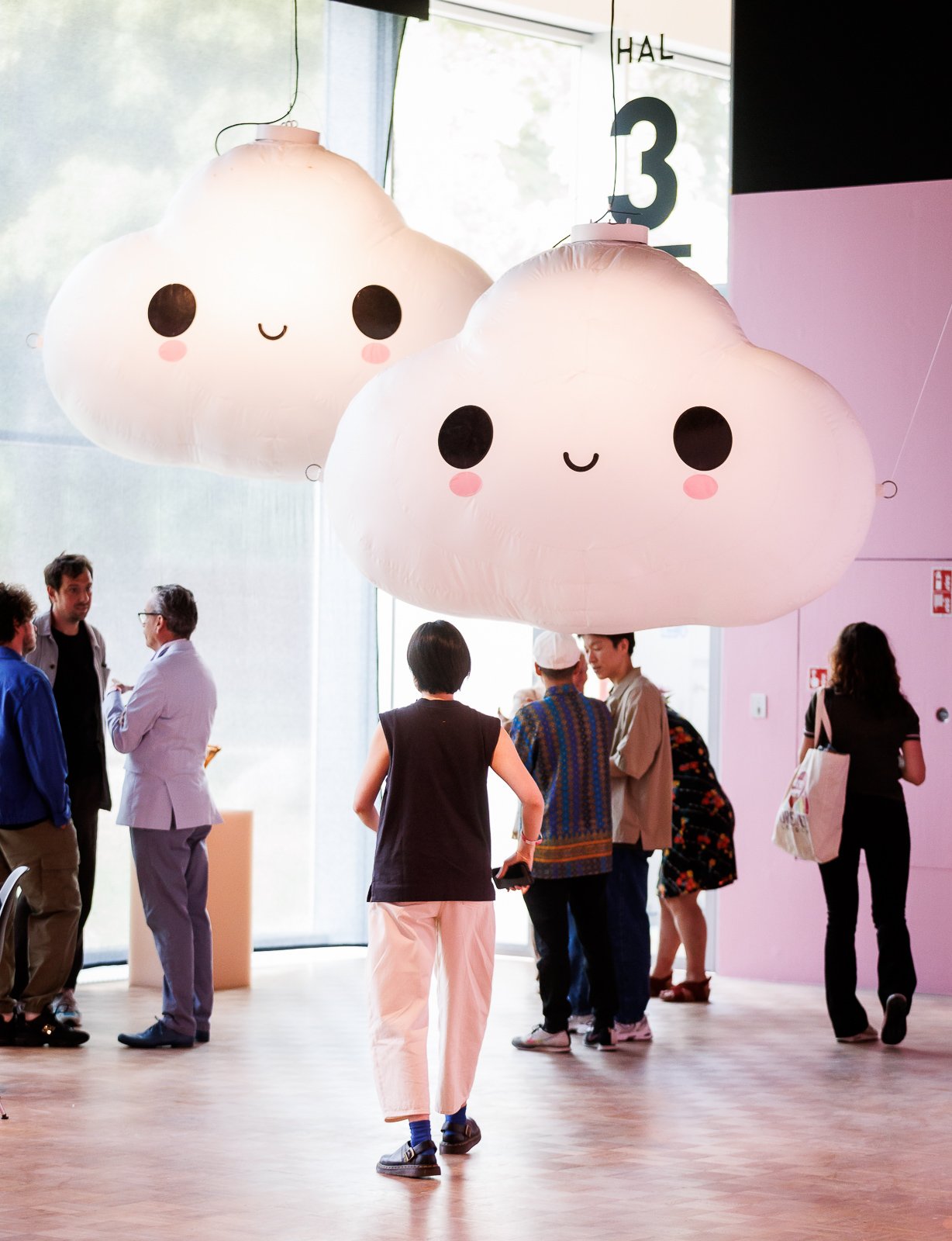Friday Night LIVE

21 November 2025 17:00 -
21 November 2025 22:00
Experience the exhibition during our late-night opening on Friday, November 21!
Please note: booking an online ticket with a start time is mandatory for all visitors (including Museumkaart holders).
Over fifty artists and collectives from all over the world explore the power of cute – as well as its flip side. Names like Takashi Murakami, KAWSxCampana, Sejoon Kim, AYA TAKANO, and Mark Leckey show you how cuteness is linked to technology, identity, desire, gender, and nostalgia. The Rotterdam duo Supertoys Supertoys enriches the exhibition with its own work as well as an innovative exhibition design that brings the duo’s views on radical cuteness to life. Besides artworks, a universe filled with pop culture awaits: from toys and manga comics to rare collectibles. This way, you’ll discover how cuteness isn’t just found in art, but is all around us in everyday life.
The exhibition is set up around five themes: Cry Baby, Play Together, Monstrous Other, Sugar-Coated Pill, and Hypersonic. Each section reveals that cuteness has many faces – from sweet, innocent, and comforting to critical, ambiguous, and occasionally even disturbing. The AI-generated cat portraits by Graphic Thought Facility, for instance, appear perfect and cuddly at first sight, but on closer inspection cause a sense of unease. In Ram Han’s shiny illustrations of tiny creatures, feminine identity collides with futuristic fantasies. And Aya Takano’s girl characters hover between childlike innocence and science fiction, while Mark Ryden's Yuki the Young Yak evokes a sense of melancholy and alienation with its big doe eyes. All this makes CUTE a visually attractive experience that simultaneously invites you to look at what we consider to be cute from a different perspective.
Follow the rise and evolution of cuteness: from the first kawaii illustrations Yumeji Takehisa made in Japan at the beginning of the 20th century, to the worldwide popularity of Hello Kitty, manga, and anime. In the 1990s, kawaii culture rapidly conquered the Western world, partly thanks to the international business strategies of Japanese companies, a phenomenon also known as pink globalisation. As a result, cuteness obtained a permanent place in global pop culture. Since then, artists like Takashi Murakami and Mike Kelley have been using the visual language of kawaii to discuss serious themes in their work in a style that became known as cutism. In the 21st century, young makers who grew up with internet culture, TikTok, video games, and digital avatars started to interpret this aesthetic in their own way. They show that cuteness is more than just sweet. It is complex, occasionally rebellious, but always topical.
The exhibition is initiated by Somerset House, London, and organised in close collaboration with Kunsthal Rotterdam. It is curated by Claire Catterall at Somerset House, London and Charlotte Martens at Kunsthal Rotterdam.

21 November 2025 17:00 -
21 November 2025 22:00
Experience the exhibition during our late-night opening on Friday, November 21!


